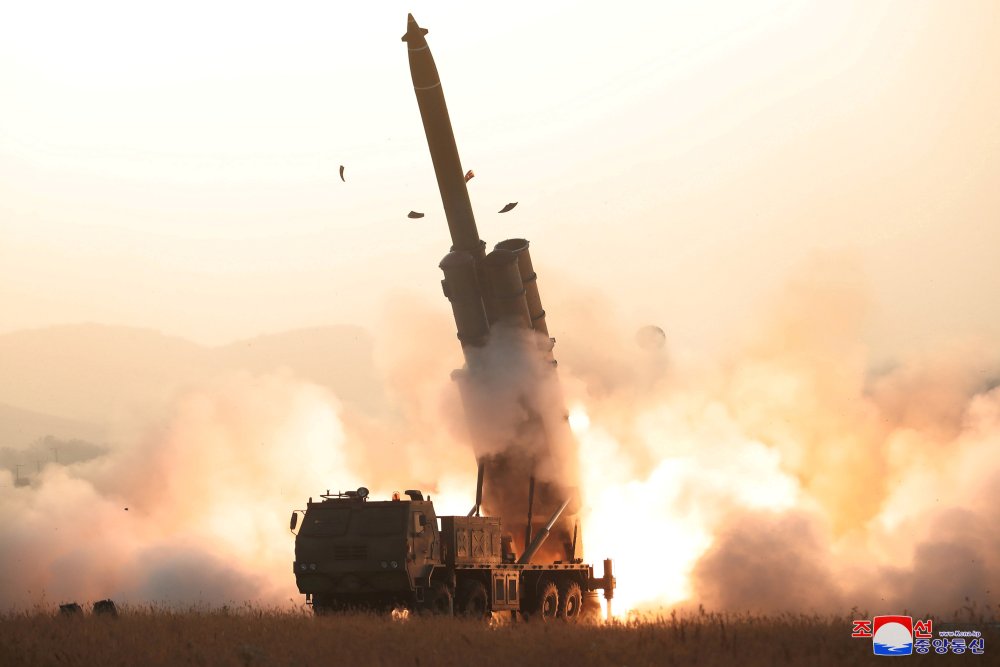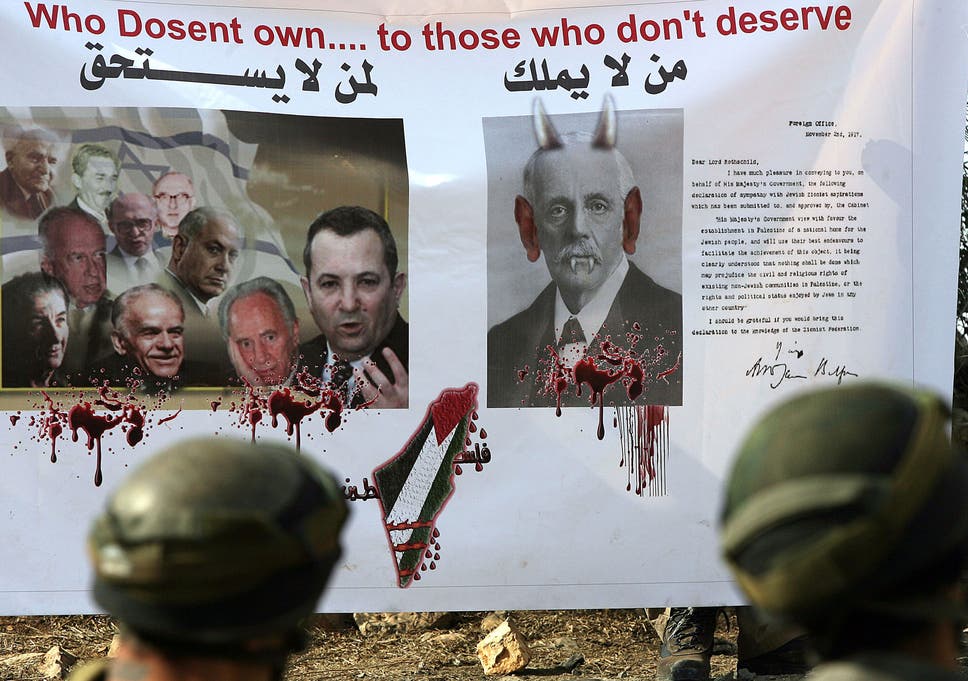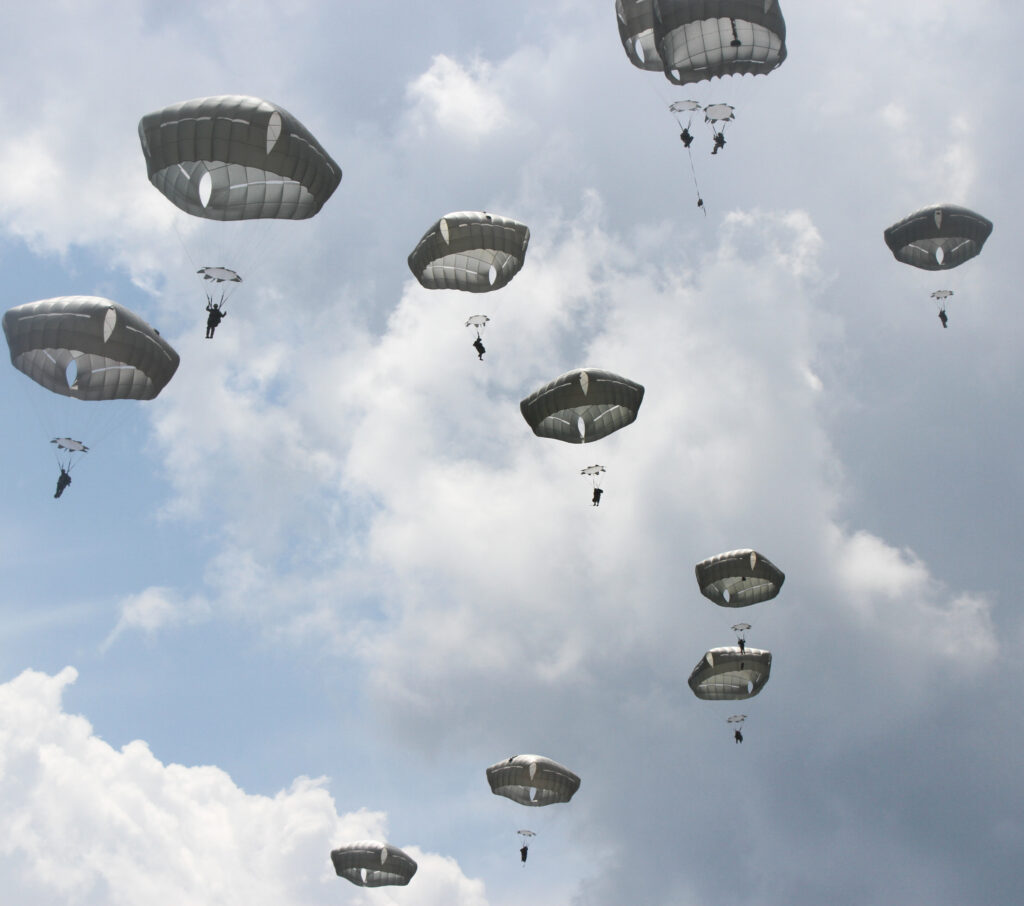By Vinay Kaura
 Hidden motives and lingering tensions mean the corridor’s impact on the overall relationship will be limited.
Hidden motives and lingering tensions mean the corridor’s impact on the overall relationship will be limited.
The longstanding desire of the Sikh community to be able to visit one of their holiest sites, the last resting place of Guru Nanak Dev, in Pakistan has been fulfilled at last. Just four kilometers from the international border and visible on clear days, the Sikh shrine was awarded to Pakistan at the time of British India’s Partition in 1947.
It is indeed a pivotal moment in the history of India-Pakistan relations, which has received considerable public attention. Even the U.S. State Department underlined its importance when it gave a statement on the Kartarpur Corridor on the day of its opening. However, Indian Prime Minister Narendra Modi’s expression of gratitude to Pakistani Prime Minister Imran Khan for honoring the feelings of Indians on Kartarpur was baffling and contradictory.
Optimists would argue that when virtually every avenue of people-to-people contact between the two hostile neighbors has been closed, the opening of the Kartarpur corridor should be seen as the most positive development.





















/arc-anglerfish-arc2-prod-mco.s3.amazonaws.com/public/GBTLGBBN6NHGBJUDVPCERRHH7A.jpg)